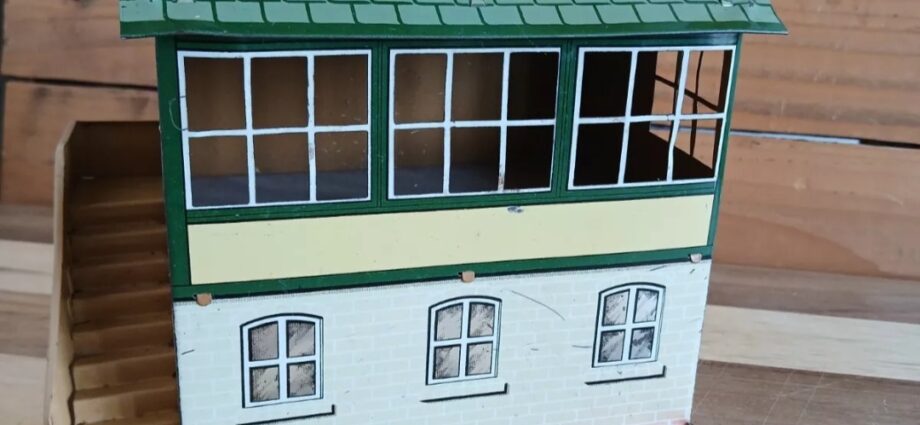Frank Hornby: The Inventor
Frank Hornby (1863–1936) was an English inventor, businessman, and visionary whose contributions to the toy industry revolutionised model building and train sets. Born in Liverpool, Hornby initially worked as a bookkeeper but showed a strong inclination toward mechanical design and innovation. His enduring legacy stems from the creation of three iconic toy brands: Meccano, Hornby Trains, and Dinky Toys.
The Birth of Meccano
Hornby’s journey began in 1901 when he developed a system of metal strips, plates, wheels, and gears that could be assembled into various mechanical structures. Initially named the “Mechanics Made Easy” kit, this invention allowed children to build working models of engineering structures. In 1907, Hornby patented the system and began manufacturing it under the Meccano brand. By 1908, Meccano became a worldwide success, providing the foundation for Hornby’s future endeavors.
Founding of Hornby Trains
After the success of Meccano, Hornby turned his attention to model trains. In 1920, Hornby introduced the Hornby Clockwork Train, a system of model railways designed to be both realistic and affordable. These early models were made of tinplate and powered by clockwork mechanisms, marking the beginning of the Hornby Trains brand.
The first train sets were O-gauge (1:48 scale) and featured steam locomotive designs popular in Britain. Hornby’s meticulous attention to detail and quality ensured that his products were both functional and durable, quickly making them a favorite among children and collectors.
Transition to Electric Trains
In the 1930s, Hornby Trains expanded into electric-powered models. The introduction of electric trains allowed for more realistic operation and better compatibility with increasingly sophisticated railway layouts. The electric train sets marked a significant evolution, as they could mimic the real-life operation of locomotives with improved precision.
Dinky Toys
During this period, Hornby’s company also ventured into die-cast toys, launching the Dinky Toys range in 1934. These miniature cars, trucks, and vehicles complemented the train sets and added to Hornby’s growing reputation for high-quality toy manufacturing.
Post-War Hornby
Following Frank Hornby’s death in 1936, the company continued to innovate. After World War II, Hornby Trains faced stiff competition from rival manufacturers, particularly in the smaller OO-gauge (1:76 scale), which had become the standard for model railways in the UK. Hornby adapted by introducing their own OO-gauge models, which became hugely popular.
Acquisitions and Revitalisation
In 1964, Hornby was acquired by Tri-ang Railways, which had become a major player in the toy train market. However, by the 1970s, financial struggles led to Hornby being rebranded as Hornby Railways. Despite these challenges, the company maintained its reputation for producing high-quality, detailed model trains.
Modern Era
Today, Hornby remains a leading name in model railways. The brand continues to evolve, embracing digital technology with DCC (Digital Command Control) systems, which allow for multiple trains to be operated simultaneously on the same track. The company has also focused on detailed, historically accurate models that appeal to collectors and enthusiasts worldwide.
Legacy of Frank Hornby
Frank Hornby’s innovative spirit not only laid the groundwork for the modern toy industry but also inspired generations of engineers, hobbyists, and model train enthusiasts. His contributions have left an indelible mark on both the world of toys and mechanical design education. Hornby’s creations remain beloved symbols of childhood imagination and engineering ingenuity.
Wildcard Curiosities
For more informative blogs, our shop and all about who we are. Keep searching our website and check us out on social media @wildcardcuriosities
